Canis lupus, the largest of the big wolves, is also large carnivorous mammal with several subspecies that can be located in both North America and Eurasia. Each of these species has individualistic traits and distinct native ranges and habitats.
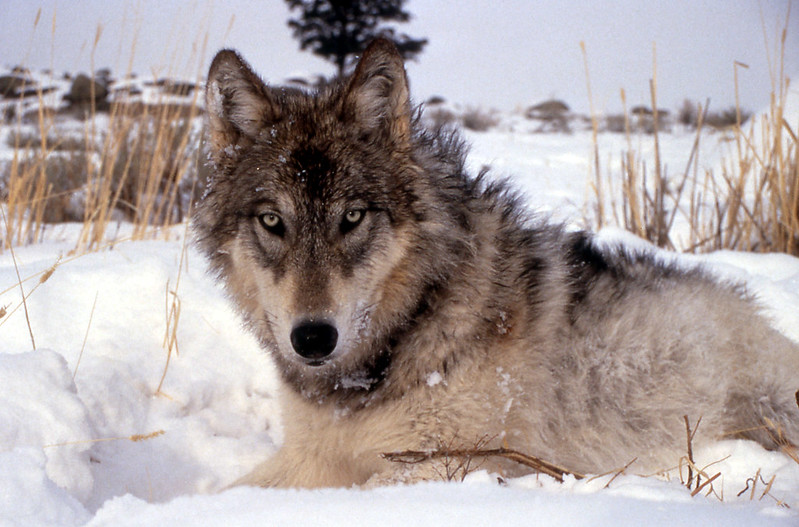
Ten subspecies of big wolves.
It is essential to remember that sizes within each subspecies can vary, and these estimations are only approximations.
Grey Wolf (Canis lupus)
- The grey wolf is the largest subspecies of its kind, with male specimens tipping up to 175 lbs and female ones topping out at 120 lbs. These majestic beasts have thick fur coats that may be hued grey, black or white. Additionally, they possess broad heads equipped with long muzzles and strong teeth for hunting prey.
- Native range and habitat: Grey wolves are native to Europe, Asia, and North America. They can live in a variety of habitats, including forests, grasslands, and tundra.
- Weight and size: As mentioned above, male grey wolves can weigh up to 175 lbs, and females can weigh up to 120 lbs. Grey wolves can reach up to 5 feet in length and up to 2.5 feet at the shoulder.
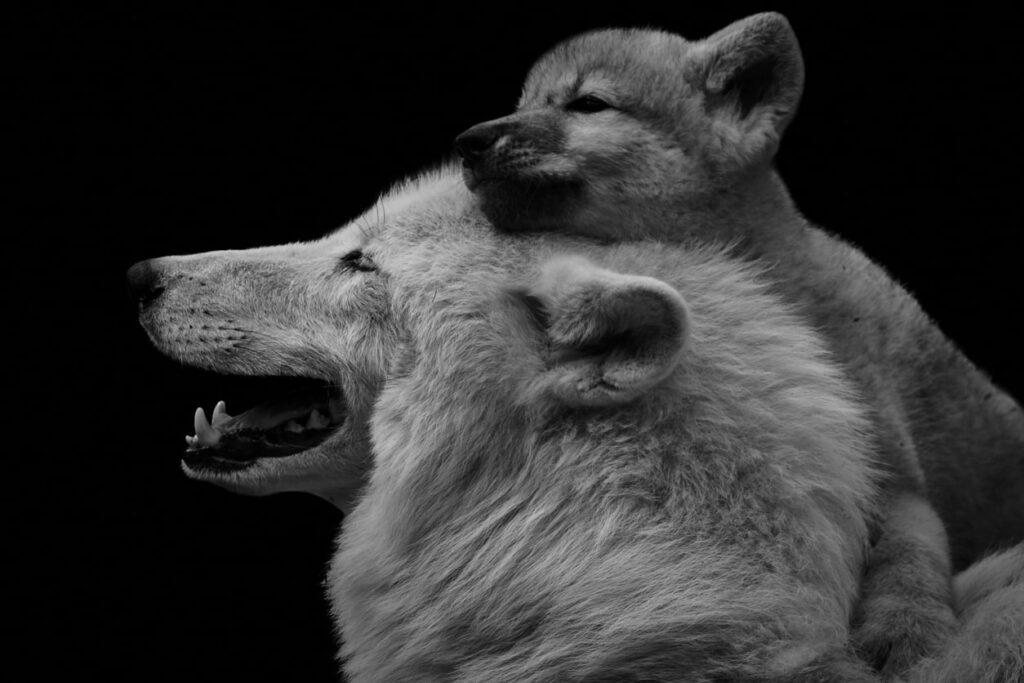
Arctic Wolf (Canis lupus arctos)
- The arctic wolf is a distinctive subspecies of the grey wolf that has adapted to life in frigid climates. Boasting an impressively thick white coat that protects against freezing temperatures and a shorter muzzle for reducing heat loss, these wolves are built to survive any weather. They also have shorter legs than other wolves and smaller body sizes overall.
- Native range and habitat: Arctic wolves are native to the Arctic regions of Canada and Greenland. They can be found in areas with frozen tundra and pack ice.
- Weight and size: Arctic wolves are smaller than other wolf subspecies, with males weighing up to 100 lbs and females weighing up to 78 lbs. They can reach up to 4 feet in length and up to 2.3 feet in height at the shoulder.
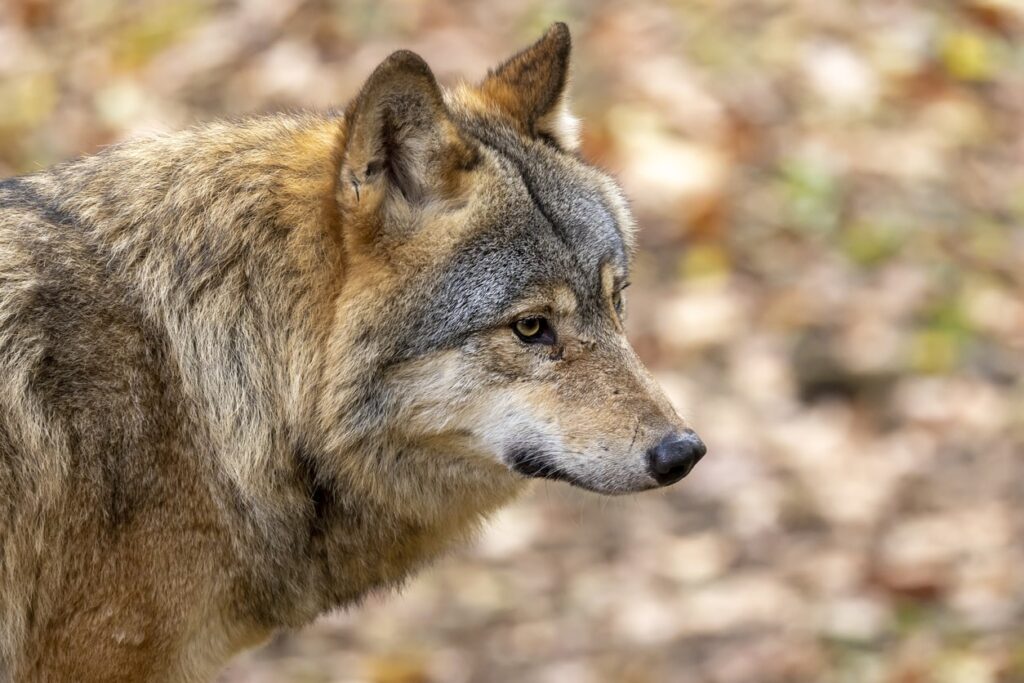
The largest of the big wolves.
Eurasian Wolf (Canis lupus lupus)
- An iconic symbol of wildness and strength, the Eurasian wolf is a majestic subspecies found throughout Europe and Asia. They are known for their thick coats, which can come in shades of black, dark gray, or brown. Their heads appear broad with long muzzles that display an impressive set of large teeth.
- Native range and habitat: Eurasian wolves are found in Europe and Asia, including countries such as Russia, China, and France. They inhabit various habitats, including forests, grasslands, and tundra.
- Weight and size: Eurasian wolves are larger than other wolf subspecies, with males weighing up to 175 lbs and females weighing up to 120 lbs. They can reach up to 5 feet in length and up to 2.6 feet in height at the shoulder.
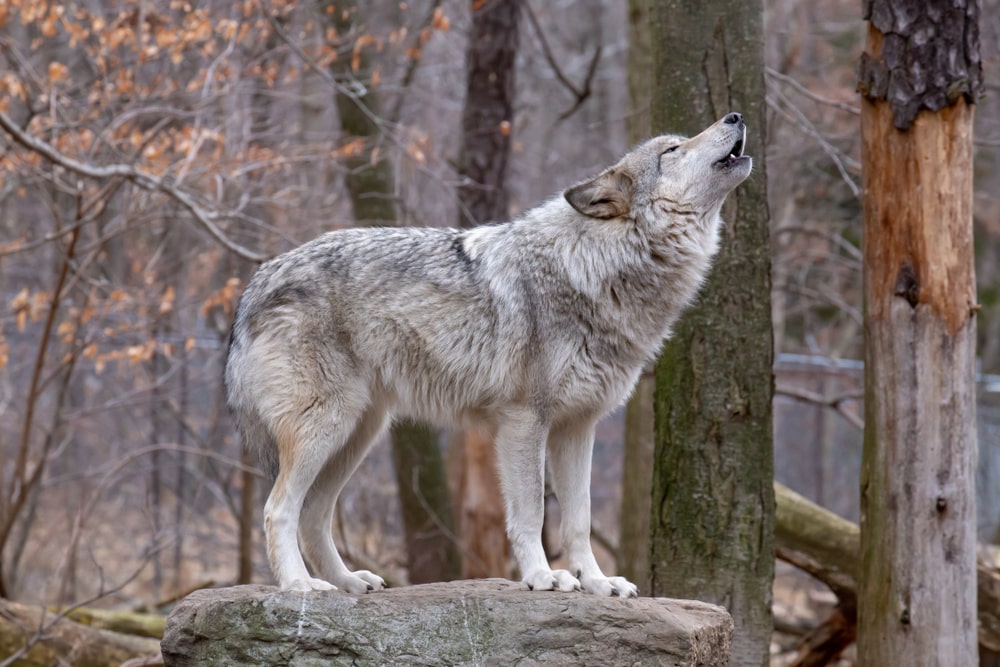
Large wolves that are under 100 pounds.
Eastern Wolf (Canis lupus lycaon)
- The Eastern wolf, also known as the Algonquin or Great Lakes wolf, is one of North America’s most iconic canid species. These wolves have a distinct reddish-gray coat and longer legs than other subspecies, making them look leaner in stature. In addition to their majestic appearance, they are renowned for their vocalizations and social behavior.
- Native range and habitat: Eastern wolves are found in the eastern United States and Canada, where they inhabit forests, grasslands, and wetlands.
- Weight and size: Eastern wolves are smaller than other wolf subspecies, with males weighing up to 100 lbs and females weighing up to 77 lbs. They can reach up to 4 feet in length and up to 2.3 feet in height at the shoulder.
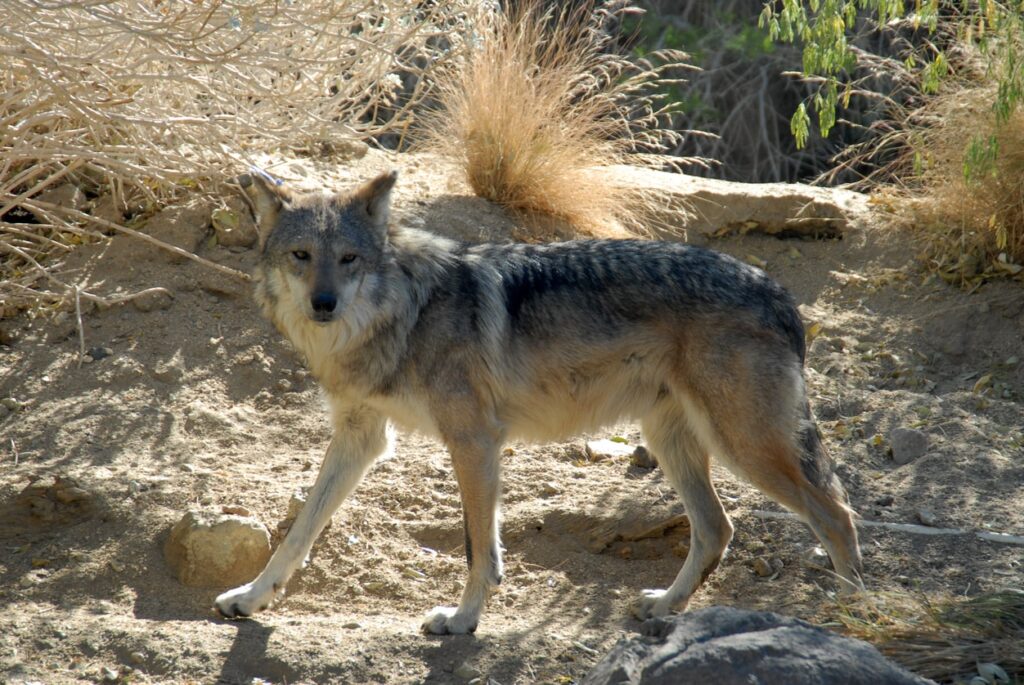
Mexican Wolf (Canis lupus baileyi)
- The majestic Mexican wolf, also known as the Lobo, is an iconic subspecies of wolf native to both the United States and Mexico. This gorgeous creature can be recognized by its distinct reddish-gray coat and smaller frame than other wolves. Moreover, this species stands out for its intelligence, social behavior, and strong family bonds – making them one of a kind!
- Native range and habitat: Mexican wolves are native to the southwestern United States and Mexico, where they once inhabited a wide range of habitats, including forests, grasslands, and deserts. Today, they are found only in small, protected areas in Arizona and New Mexico.
- Weight and size: Mexican wolves are smaller than other wolf subspecies, with males weighing up to 88 lbs and females weighing up to 78 lbs. They can reach up to 4 feet in length and up to 2.3 feet in height at the shoulder.
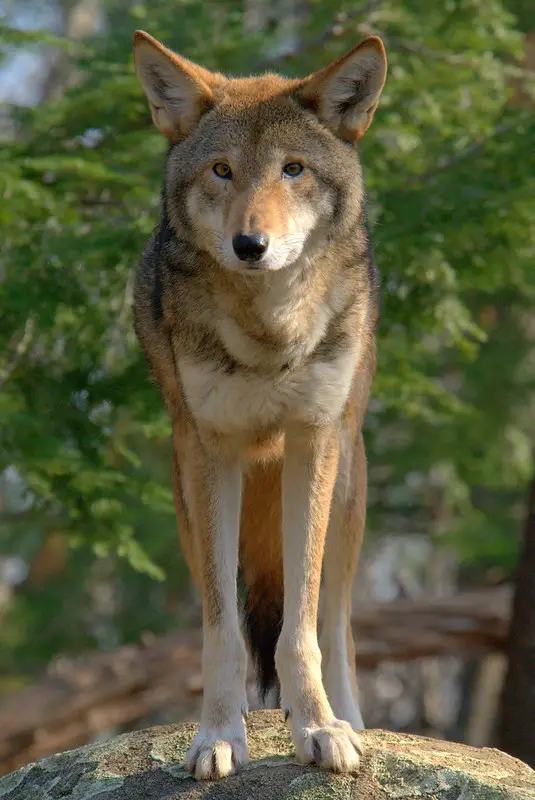
The rare Red wolf.
Red Wolf (Canis lupus rufus)
- A unique species in the wolf family, the red wolf is easily identified by its reddish-brown coat and smaller stature. Found only in southeastern US habitats, these animals are renowned for their unusual vocalizations and social behavior that set them apart from other subspecies of wolves.
- Native range and habitat: Red wolves are native to the southeastern United States, where they once inhabited a wide range of habitats, including forests, wetlands, and grasslands. Today, they are found only in small, protected areas in North Carolina and Arkansas.
- Weight and size: Red wolves are smaller than other wolf subspecies, with males weighing up to 100 lbs and females weighing up to 78 lbs. They can reach up to 4 feet in length and up to 2.3 feet in height at the shoulder.
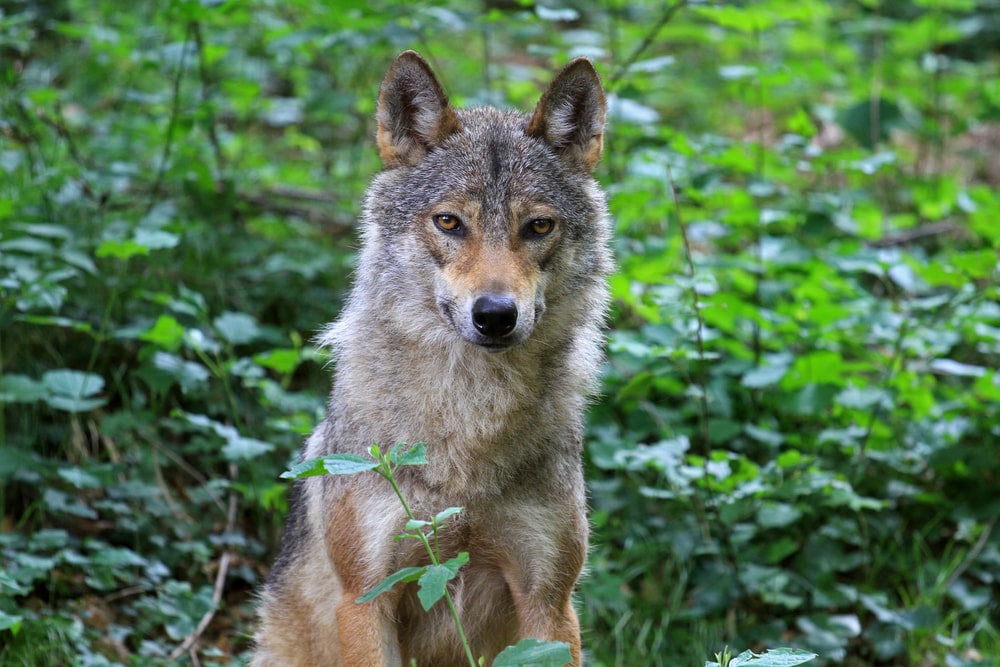
Italian Wolf (Canis lupus italicus)
- Taking a moment to bask in the beauty of Italy? Let us introduce you to one of its native inhabitants, the Italian wolf. Its reddish-brown coat and sharp muzzle are sure to captivate your attention!
- Native range and habitat: The Italian wolf is native to the Apennine Mountains in Italy. They reside in forests, grasslands, and agricultural areas.
- Weight and size: Italian wolves are smaller than other wolf subspecies, with males weighing up to 90 lbs and females weighing up to 78 lbs. They can reach up to 3.3 feet in length and up to 2.3 feet in height at the shoulder.
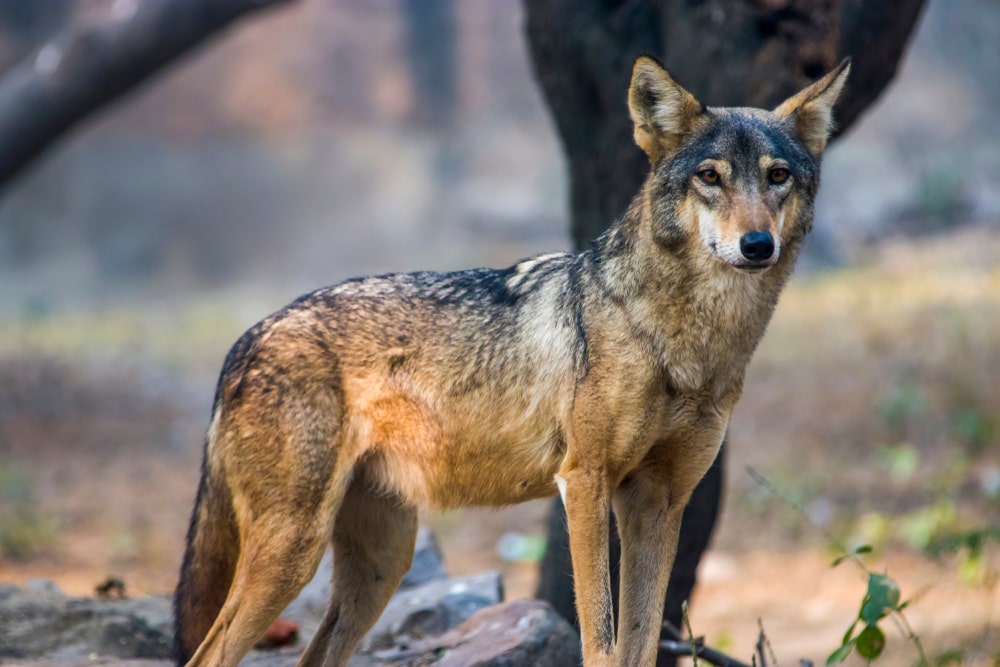
Big Wolves in India?
Indian Wolf (Canis lupus pallipes)
- The Indian wolf, a native to the subcontinent of India, is a slimmer canine with an exceptionally thin pelt that tends to be reddish-brown in color. The species is characterized by its large ears, elongated muzzle, and gaunt figure.
- Native range and habitat: Indian wolves are native to the Indian subcontinent, including India, Pakistan, and Nepal. They can inhabit a variety of habitats, including grasslands, scrublands, and agricultural areas.
- Weight and size: Indian wolves are smaller than other wolf subspecies, with males weighing up to 55 lbs and females weighing up to 45 lbs. They can reach up to 3 feet in length and up to 2 feet in height at the shoulder.
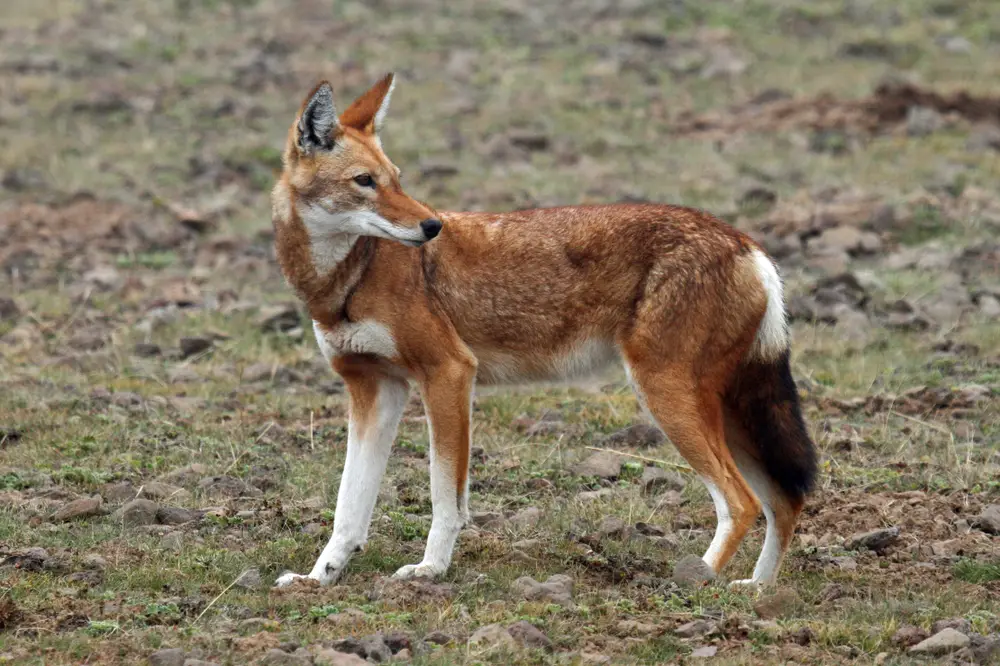
Big wolves in Ethiopia.
Ethiopian Wolf (Canis lupus simensis):
- The Ethiopian wolf is an exceptionally unique, shrinking subspecies of wolf located in Ethiopia’s highlands. Its features are easily identifiable: it has a long and skinny muzzle, its fur is reddish-brown in coloration, and it boasts lengthy and thin legs. Yet the most remarkable thing about these wolves may be their vocalizations and social behavior.
- Native range and habitat: Ethiopian wolves are found only in the highlands of Ethiopia, where they inhabit grasslands and Afroalpine moorlands.
- Weight and size: Ethiopian wolves are the smallest wolf subspecies, with males weighing up to 33 lbs and females weighing up to 21 lbs. They can reach up to 2.6 feet in length and up to 2 feet in height at the shoulder.
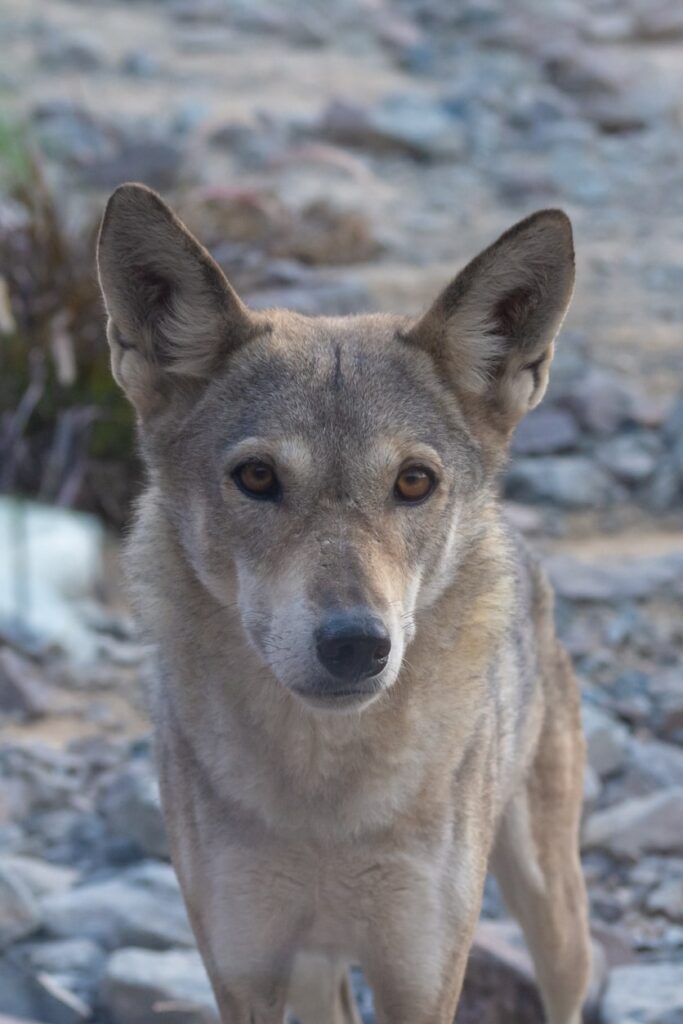
Arabian Wolf (Canis lupus arabs)
- The Arabian wolf is a distinctive subspecies of the grey wolf, native to the Arabian Peninsula. Its sleek and slender physique and its short fur – usually gray or reddish in hue – make it easily distinguishable from other wolves. Large ears and an elongated muzzle enhance their predatory look even more.
- Native range and habitat: Arabian wolves live in the Arabian Peninsula, including countries such as Saudi Arabia, Yemen, and Oman. They inhabit various habitats, including mountains, deserts, and grasslands.
- Weight and size: Arabian wolves are smaller than other wolf subspecies, with males weighing up to 55 lbs and females weighing up to 45 lbs. They can reach up 3 feet in length and up to 2 feet in height at the shoulder.

